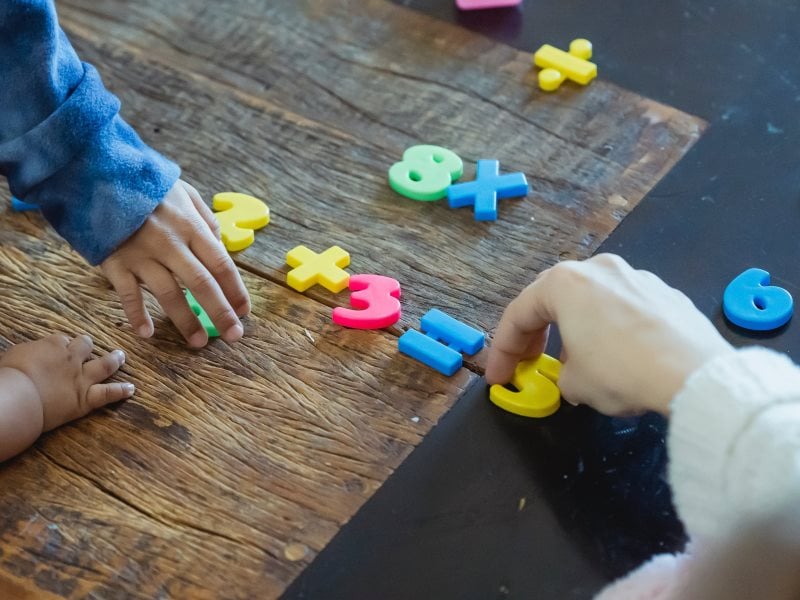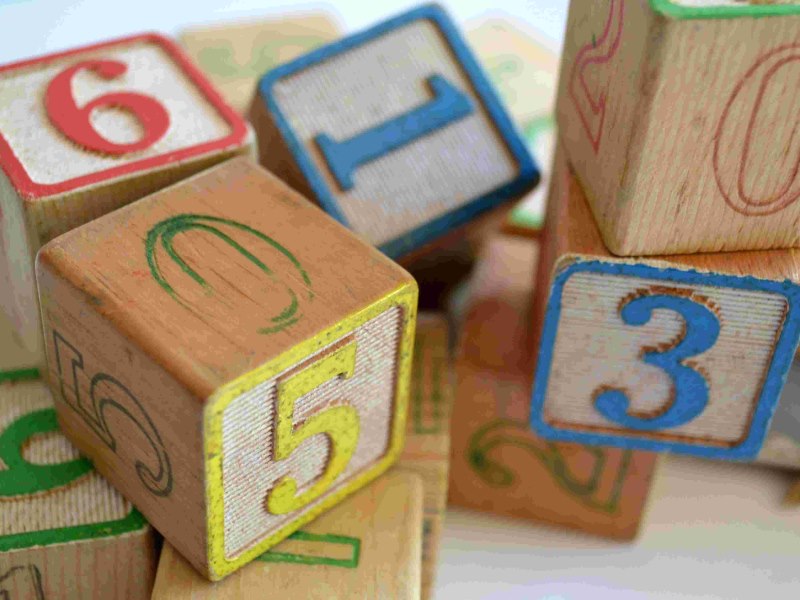Everything there is to know about NJ SLS Math Grade 1
 Following are the New Jersey State Learning Standard for Grade 1. The standards are dense. If you want a simpler explanation of what your child should learn read our 1st Grade Manual instead.
Following are the New Jersey State Learning Standard for Grade 1. The standards are dense. If you want a simpler explanation of what your child should learn read our 1st Grade Manual instead.
In Grade 1, instructional time should focus on four critical areas: (1) developing an understanding of addition, subtraction, and strategies for addition and subtraction within 20; (2) developing an understanding of whole number relationships and place value, including grouping in tens and ones; (3) developing an understanding of linear measurement and measuring lengths as iterating length units; and (4) reasoning about attributes of, and composing and decomposing geometric shapes.
(1) Students develop strategies for adding and subtracting whole numbers based on their prior work with small numbers. They use a variety of models, including discrete objects and length-based models (e.g., cubes connected to form lengths), to model add-to, take from, put-together, take-apart, and compare situations to develop meaning for the operations of addition and subtraction, and to develop strategies to solve arithmetic problems with these operations. Students understand connections between counting and addition and subtraction (e.g., adding two is the same as counting on two). They use properties of addition to add whole numbers and to create and use increasingly sophisticated strategies based on these properties (e.g., “making tens”) to solve addition and subtraction problems within 20. By comparing a variety of solution strategies, children build their understanding of the relationship between addition and subtraction.
(2) Students develop, discuss, and use efficient, accurate, and generalizable methods to add within 100 and subtract multiples of 10. They compare whole numbers (at least to 100) to develop an understanding of and solve problems involving their relative sizes. They think of whole numbers between 10 and 100 in terms of tens and ones (especially recognizing the numbers 11 to 19 as composed of a ten and someone). Through activities that build number sense, they understand the order of the counting numbers and their relative magnitudes.
(3) Students develop an understanding of the meaning and processes of measurement, including underlying concepts such as iterating (the mental activity of building up the length of an object with equal-sized units) and the transitivity principle for indirect measurement.
(4) Students compose and decompose plane or solid figures (e.g., put two triangles together to make a quadrilateral) and build an understanding of part-whole relationships as well as the properties of the original and composite shapes. As they combine shapes, they recognize them from different perspectives and orientations, describe their geometric attributes, and determine how they are alike and different, to develop the background for measurement and for initial understandings of properties such as congruence and symmetry.
Wow, that was a lot to get through! Not enough for you? Here's the full text for more good times: http://www.state.nj.us/education/cccs/2016/math/g01.pdf





